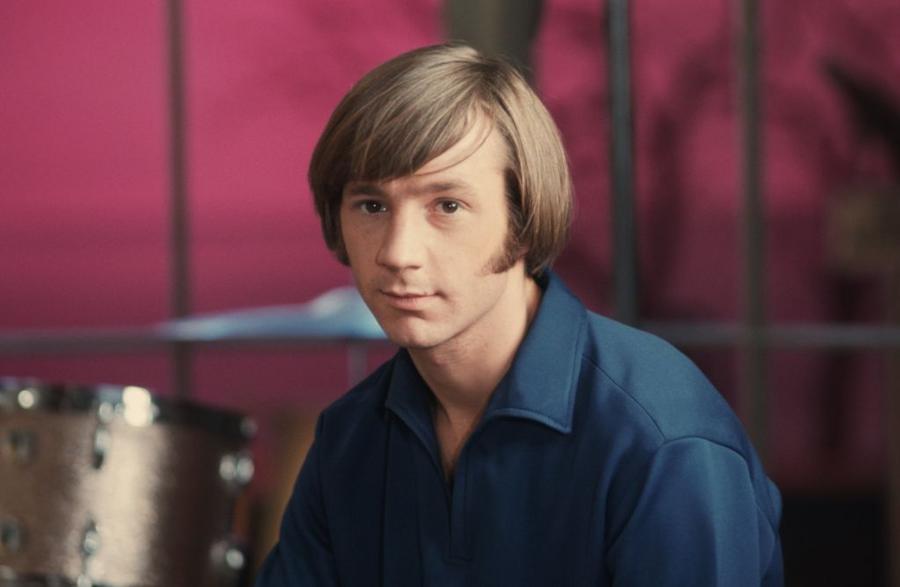- Category:
- Richest Celebrities › Singers
- Net Worth:
- $2 Million
- Birthdate:
- Feb 13, 1942 – Feb 21, 2019 (77 years old)
- Birthplace:
- Washington, D.C.
- Gender:
- Male
- Height:
- 5 ft 8 in (1.75 m)
- Profession:
- Actor, Musician, Songwriter, Singer-songwriter, Artist, Television Director, Guitarist, Music artist
- Nationality:
- United States of America
What was Peter Tork’s Net Worth?
Peter Tork was an American musician, singer, and actor who had a net worth of $2 million at the time of his death in 2019 at the age of 77. Peter Tork was best known as a member of the pop rock band the Monkees. With fellow members Micky Dolenz, Davy Jones, and Michael Nesmith, he starred on the hit NBC television sitcom “The Monkees,” kicking off the band’s worldwide success in the late 1960s. Beyond the Monkees, Tork released a solo album in 1994 and three collaborative albums with James Lee Stanley between 1996 and 2006.
Despite selling more albums than the Rolling Stones and Beatles COMBINED in 1967, Peter’s wealth from “The Monkees” was gone by the early 1970s. To make ends meet he even worked as a high school teacher for three years in the mid-1970s, teaching music, math, French, history and even coaching baseball. His career eventually warmed back up, especially as nostalgia for the Monkees grew over time.
Early Life and Education
Peter Tork was born as Peter Thorkelson on February 13, 1942 in Washington, DC to Virginia and economics professor Halsten. He was of Irish and German Jewish descent on his mother’s side, and of Norwegian descent on his father’s side. Tork demonstrated an aptitude for music early on in life, and at the age of nine took up the piano. He also played the banjo, guitar, and acoustic bass. Tork was educated at Windham High School and E. O. Smith High School, both in Connecticut. He was a member of the inaugural graduating class at the latter school. Tork went on to attend Carleton College in Minnesota. He later moved to New York City, where he became involved in the Greenwich Village folk scene of the 1960s.
(Photo by Michael Ochs Archives/Getty Images)
The Monkees
Tork rose to fame in 1966 as a member of the pop rock band the Monkees. Consisting of him, Micky Dolenz, Davy Jones, and Michael Nesmith, the group was created for the NBC television sitcom of the same name. The show was hugely popular, making the Monkees into one of the most commercially successful musical acts of the late 1960s. Among the group’s biggest hit songs were “Last Train to Clarksville,” “I’m a Believer,” and “Daydream Believer.” The Monkees had four chart-topping albums between 1966 and 1967, and sold over 75 million records worldwide. The eldest member of the band, Tork was known for his skilled musicianship, playing various instruments on the band’s recordings. In addition to their television show, the Monkees starred in the 1968 film “Head,” directed by Bob Rafelson.
By 1968, the members of the Monkees were beset by both professional and personal tensions. Their show was canceled, and their overall popularity was waning with the public. In 1970, the band officially broke up. However, they would become popular again in the 1980s. Starting with a successful 20th-anniversary reunion tour in 1986, the Monkees intermittently got back together for further reunion tours and new studio albums. In 1996, the group released “Justus,” its first studio album with the entire original lineup since 1968. For the 50th anniversary of the Monkees in 2016, the group released the album “Good Times!” That same year, Tork toured with Micky Dolenz as the Monkees.

Noel Vasquez / Getty Images
Further Career
After the disbanding of the Monkees, Tork embarked on a solo career. He played with a group consisting of his girlfriend Reine Stewart and Riley Cummings, although the group failed to find success. Tork also struggled to get his record and film production company Breakthrough Influence Company off the ground. Selling his house in 1970, he moved with his girlfriend into the basement of singer-songwriter David Crosby’s home. Tork later moved to Fairfax, California, where he joined the Fairfax Street Choir and played guitar in the band Osceola. In the mid-’70s, he returned to Southern California and taught at Pacific Hills School in West Hollywood. Tork ended up teaching at a number of schools over a three-year period.
Thanks to a chance meeting with Sire Records executive Pat Horgan, Tork recorded a six-song demo for the label in 1980. Around this time, he began appearing regularly on the New Jersey television variety show “The Uncle Floyd Show.” He later began playing with his band Shoe Suede Blues. Tork continued his solo career in the 1990s, releasing his first and only solo studio album, “Stranger Things Have Happened,” in 1994. During the decade, he had guest roles on the television shows “Boy Meets World” and “7th Heaven.” Between 1996 and 2006, Tork collaborated on three albums with singer-songwriter James Lee Stanley: “Two Man Band,” “Once Again,” and “Live/Backstage at the Coffee Gallery.” In the 2000s, he released several albums with Shoe Suede Blues.

Peter Tork in 1967 (Photo by Michael Ochs Archives/Getty Images)
Personal Life and Death
Tork was married a total of four times and had three children. He was married to his first wife, Jody Babb, for less than a year in 1964. Tork’s second wife was Reine Stewart, whom he married in 1973; they had a daughter named Hallie before divorcing the following year. He was next married to Barbara Iannoli from 1975 until their divorce in 1987. From that marriage, Tork had a son named Ivan. His fourth and final wife was Pamela Grapes, to whom he was wed from 2014 until his passing. Tork had a daughter named Erica from his past relationship with Tammy Sestak.
In 2009, Tork announced that he had been diagnosed with a rare form of cancer. He subsequently underwent successful surgery and radiation therapy. However, the cancer returned in 2018. On February 21, 2019, Tork passed away from the disease at his home in Mansfield, Connecticut.
All net worths are calculated using data drawn from public sources. When provided, we also incorporate private tips and feedback received from the celebrities or their representatives. While we work diligently to ensure that our numbers are as accurate as possible, unless otherwise indicated they are only estimates. We welcome all corrections and feedback using the button below.

